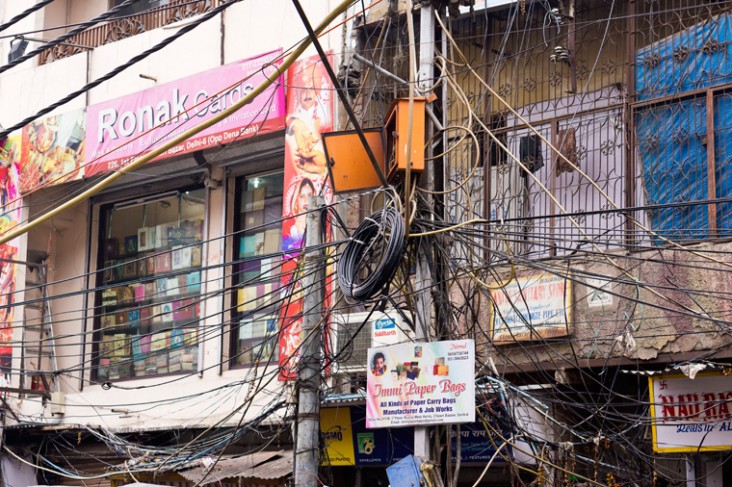
Strong political will and private capital combine to strengthen the utility sector resulting in strong operational improvements and massive loss reductions.
The Government of Delhi formed the Delhi Vidyut Board (DVB), a vertically-integrated state-owned utility, in 1997 to serve 14 million citizens in Delhi, India. By 2002, the DVB’s financial and operational performance had completely deteriorated. The utility suffered from high losses – levels of nearly 50 percent technical and commercial losses created a $400 million receivable for the utility in 2002. The cash deficit in DVB’s operations was met by direct government transfers of up to $300 million annually. The utility’s operations echoed its financial woes. The physical condition of the utility system was poor, customers were dissatisfied, and as a result theft was wide-spread.
One of the most challenging areas of the Delhi electricity sector at that time was the institutional framework. The Delhi Electricity Regulatory Commission was a relatively new entity, founded in 1999. Within the government as a whole there was limited understanding of the processes and impacts related to power sector privatization. However, despite these regulatory and policy challenges associated with a poorly-functioning utility, there was strong political will for improved electricity service.
The Government of Delhi decided to privatize the DVB in 2002. The assets of DVB were transferred to the government holding company and ring-fenced into one generation company, one transmission company, and three distribution companies. The government pre-qualified six bidders for a formal a request for proposal (RFP) for which the primary basis for evaluation was the level of investments that the private corporations would commit to reducing the technical and commercial losses of the utility. Despite a bid with loss-reduction targets that were five to ten percent lower than government specifications, BSES Rajdhani Power Ltd. (BRPL) emerged as the winner of the tender for the power company. The government and BRPL entered into negotiations and agreed on mutually-acceptable loss-reduction goals.
The turnaround, however, took nearly a decade to complete. Despite steep reductions in losses post-privatization, the utility still faced significant challenges and unstable financials five years after privatization. In 2007, BRPL continues to suffer from high losses and poor performance. To face this challenge head on, BRPL launched a program to reduce losses from 47 percent to 16 percent, regularizing areas where aggregate technical and commercial (ATC) losses were previously close to 100 percent. The program combined hardware improvements (replacing distribution lines, using medium voltage lines to shield lower voltage lines, etc.) to make theft more difficult, and IT upgrades to improve the company’s data analytics capabilities to drive effective approaches for theft detection, anti-theft law enforcement, and system upgrades.
Meanwhile, the BRPL created an enforcement team to work with law enforcement agencies to locate and apprehend electricity thieves based on advanced metering and anti-theft detection IT. These enforcement programs came hand-in-hand with community renewal programs, expansion of consumer touchpoints in particularly challenging areas, redesigning business processes to cater to customers at different income levels. The program was successful in reducing ATC losses by about 40 percent over the period 2007-2011, including a reduction of theft as a percent of ATC losses from 52 percent to 28 percent.







Comment
Make a general inquiry or suggest an improvement.